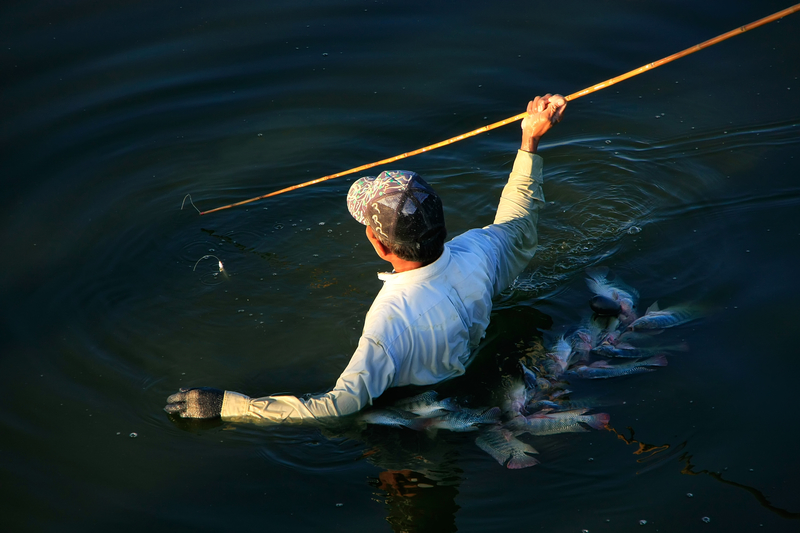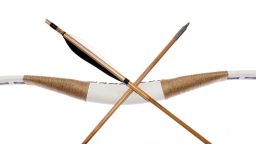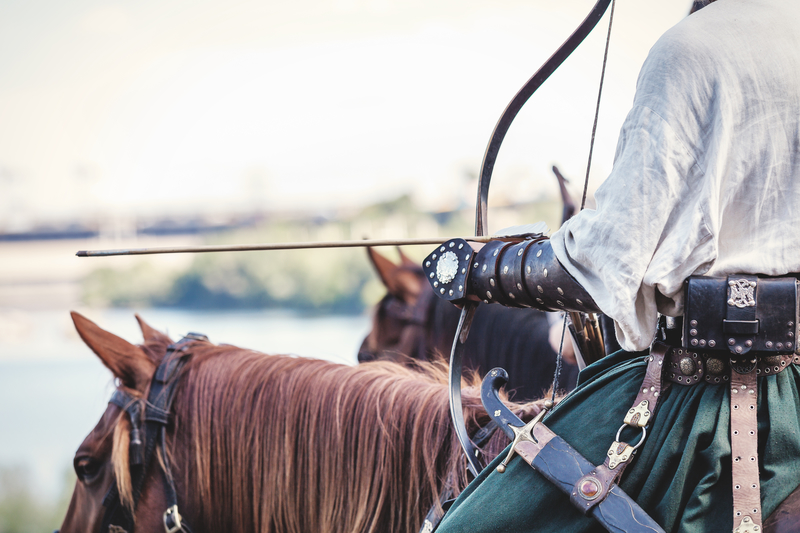Fishing can be many things, from a food source to recreation, a type of meditation for some but to others a popular competitive sport. Often a rite of passage full of tradition that is passed down from generation to generation. Most of us are at least familiar with the concept of fishing, usually with a rod and reel, or if out on the high seas, with a really big net!
But, are there other ways to get the job done, especially if you are looking to feed your family inexpensively? You bet!
Here are 3 ways to catch fish in any situation if you take the time to gather or bring the right supplies.
Bucket Fishing
This method has often been used by fishermen on Lake Bruin in Louisiana. When catfish begin spawning, the locals use a technique they refer to as “bucket fishing.”
To try it, you’ll need a lidded bucket and some strong line long enough to reach the fish. Cut a semicircular hole in the lid of the bucket and add enough weight to sink it while still being able to pull it up when it’s full of water (and hopefully fish). Depending on the size of the bucket you are using, it’s a good idea to tackle this type of fishing with a buddy.
When you are ready, sink the buckets into the water deep enough to reach the fish. During spawning, catfish enter the bucket to spawn and become trapped as the bucket is lifted up rapidly enough to keep them in.
Once brought to the surface, either tie off the bucket to the side of the boat and transfer the fish one by one to a live well or stringer or lift the bucket fish, water and all into the boat and move on. This technique has proven to be highly effective.
Funny Video: “This is not the bucket fishing I’m talking about”
Bow and Arrow or Spear Fishing
In a survival situation, this can be particularly effective if you have the skills and not a lot of supplies. With a decent knife, you can create your own spear, smoothing it and sharpening the end then hardening the tip over the coals of a fire.
Related Article: “DIY Bow and Arrow”
Once your spear or bow and arrows are created and ready, attach a line, if available, and go “hunting” under the surface of the nearest viable water source. If you are fishing in a lake, an attached line will most likely be needed unless you are able to stay in very shallow water and have the fish come to you.
Gap Netting
Even with the barest of supplies you can build a net and use this method to get your next meal. All you need is a ball of twine and a knife or something sharp for cutting the twine. This method will work best in a shallow river or stream, but a natural viaduct between 2 larger bodies of water, like 2 lakes, will work if needed.
If you already have a net, fantastic! Here is what to do with it.
Find an environment where water currents flow through a narrow area, like some rocks or fallen tree limbs, or a narrow crossing from one side to the other. To create an area, fill in the space from either side with rocks or other debris.
Learn More: Click here for MORE life-saving survival tips
Position your net on the side of the gap that faces the current and secure it into place. Run a stick through the top of the net to keep it from collapsing. If possible, prop the stick upon the rocks you’ve used to create the gap.
Now, you can encourage fish to swim in the direction of your net by beating the water or tossing rocks systematically further out and then closer to direct them toward you.
After you’ve got through a systematic routine to herd the fish, stop and check your net. Repeat the herding steps until you’ve caught something.
Although some may feel these 3 methods aren’t very sporting, when you are fishing to feed yourself and your family and not merely as a form of recreation, that’s not what matters. What matters is staying alive and healthy.



